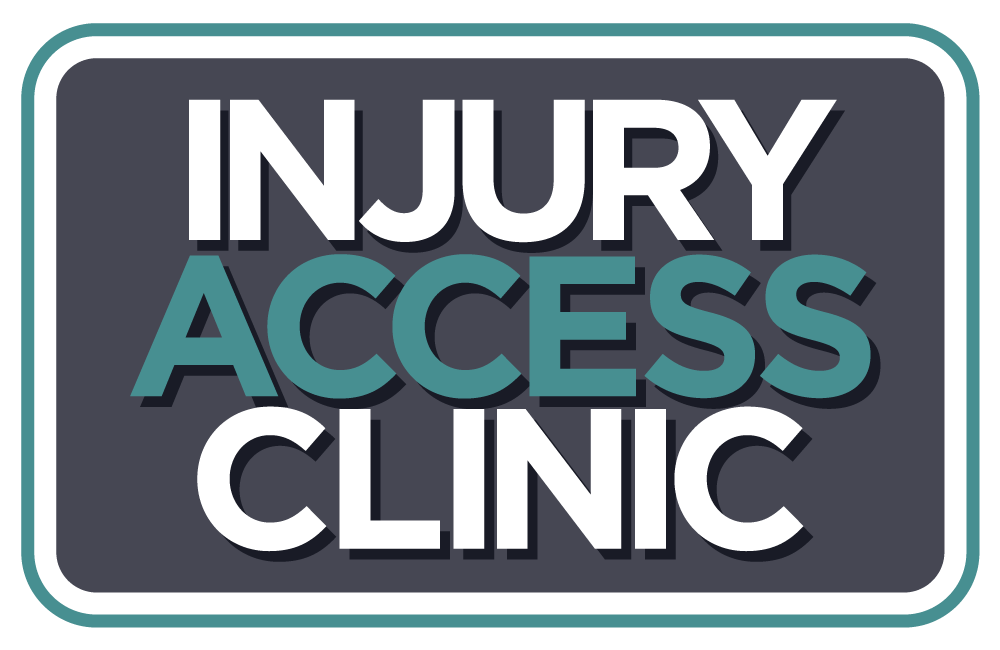FAST, EXPERT CARE WHEN YOU NEED IT
We offer our Injury Access Clinic at our Main Office Monday through Thursday, 8:00 a.m. – 4:30 p.m., and on Friday, 8:00 a.m. – 4:00 p.m.
We offer our Injury Access Clinic at our Main Office Monday through Thursday, 8:00 a.m. – 4:30 p.m., and on Friday, 8:00 a.m. – 4:00 p.m.

All About Bone Spurs
You might not have heard of an osteophyte, but you might know them by their common name—bone spurs. These small, bony projections form along edges of bones, often in the places where two bones meet, like the joints of your shoulders, hips, hands, knees and feet. It is also possible to have bone spurs form on your spine. Often, they go undetected because they present no symptoms, but that can greatly vary depending on their location and how they form. Let’s take a closer look at bone spurs and consider their cause, symptoms and treatments.
Causes
When one or more of your joints experiences prolonged pressure or rubbing for a prolonged period of time, a bone spur might form as your body attempts to repair itself. This stress can cause osteoarthritis, which is the most common cause of bone spurs. Osteoarthritis breaks down the cartilage at the end of your bones that provides cushioning, and bone spurs form in areas of inflammation or injury of the nearby cartilage or tendons.
What causes this stress? Excess weight can damage joints, and ill-fitting shoes, especially those that lack arch support, can cause spurs in the heels. Running or jogging, particularly on hard surfaces that create repeated jolts to joints, and any abnormalities in the way you walk that creates excessive stress on bones can cause bone spurs. Bone spurs only require treatment if they cause symptoms.
Symptoms
If bone spurs are forming near your joints, you might feel nothing at all and be completely unaware of their presence. However, they can cause pain, irritation, numbness, tenderness and even weakness in the nearby joint. If they form on the heels of your feet, they will likely cause pain when walking. Some people describe the pain of heel spurs as a pin sticking into the bottoms of their feet, or stabbing pain in the joints that eventually subsides into a dull ache as they begin to move about. Whether the pain is intermittent or chronic, if you’re experiencing pain in your joints, it’s time to visit your doctor. Rest alone is not enough to treat bone spurs, so if you have pain that persists for more than a few weeks, contact your physician.
Diagnosis
Once you’ve talked with your doctor about your joint pain, he or she will likely feel around your joint to determine the location of the pain. If the bone spur is big enough, it might be detectable through touch. After this, you will likely receive an order to visit the radiology department. Bone spurs can be detected by X-rays, ultrasound imaging or an MRI or CT scan. If you have spurs, they will likely be visible in your imaging as heel spurs have been known to protrude by as much as a half-inch.
Treatments
There are both surgical and non-surgical treatments for bone spurs, and your healthcare provider can help you determine the best options based on your pain and imaging results. If the pain is not severe or tends to come and go, you might benefit from stretching exercises or physical therapy. If you have heel spurs, it might be time to look for a better-fitting pair of shoes, or some custom orthotic devices like shoe inserts.
The pain associated with bone spurs might also be alleviated by over-the-counter pain relievers, especially if the cause of the stress is determined. Most patients can be helped with non-surgical treatment options, but if your symptoms continue it might be best to consider surgery to relieve the pain and ease movement.
Bone spurs can be removed with surgery, and a series of tests are often required to determine if a candidate is optimal or not. If you do opt for surgery, be sure to abide by all post-surgical guidelines for rest, compression and ice. There is a possible risk for nerve pain associated with surgery to remove a bone spur, as well as numbness, infection and potential scarring.
Prevention
Prevention really is the best medicine, and there are ways to make it less likely that you’ll experience a bone spur. You can prevent undue stress on your joints by keeping your weight within a healthy range. Since the heels are the most common place for spurs to form, be sure you wear well-fitting shoes with cushioned soles to absorb shock, as well as arch support. If you’re an avid runner, make sure to choose proper shoes and always warm up and stretch before and after your activity.
